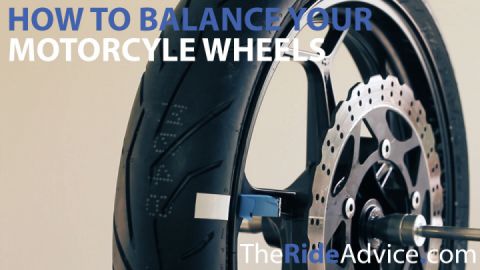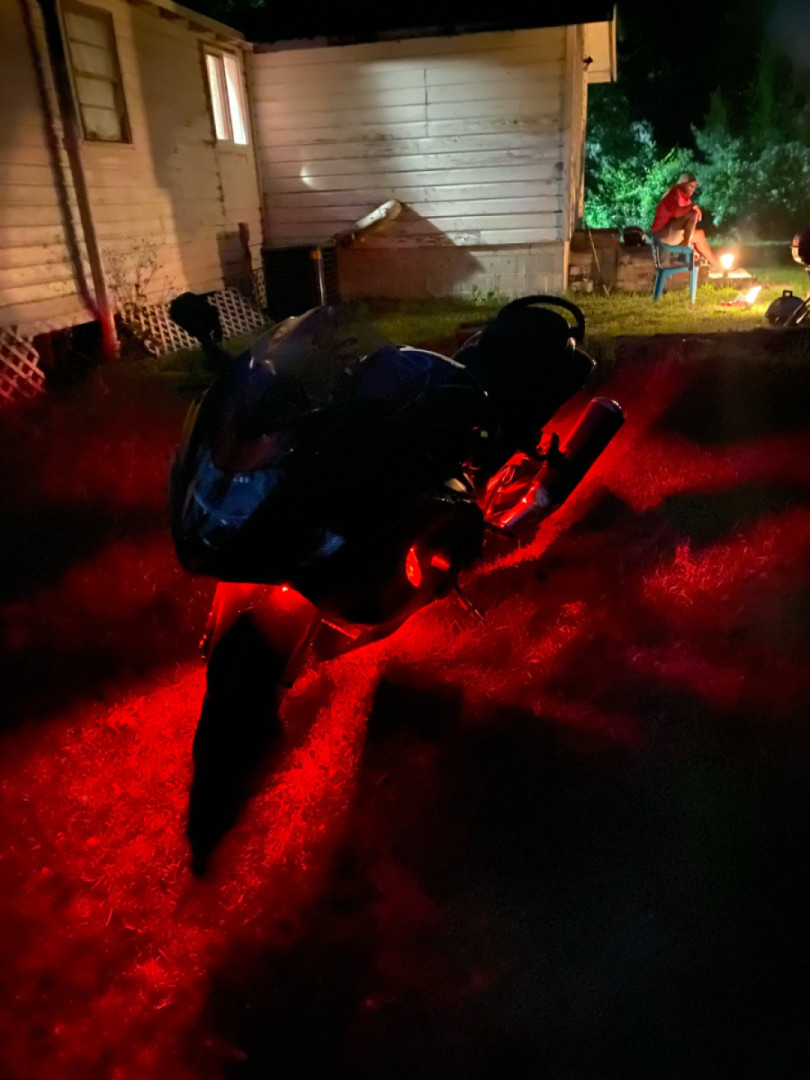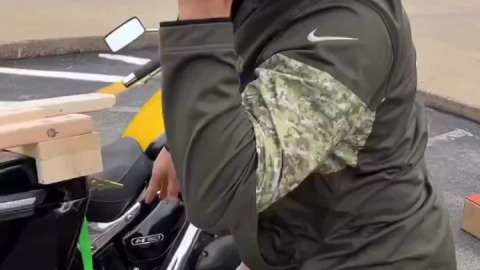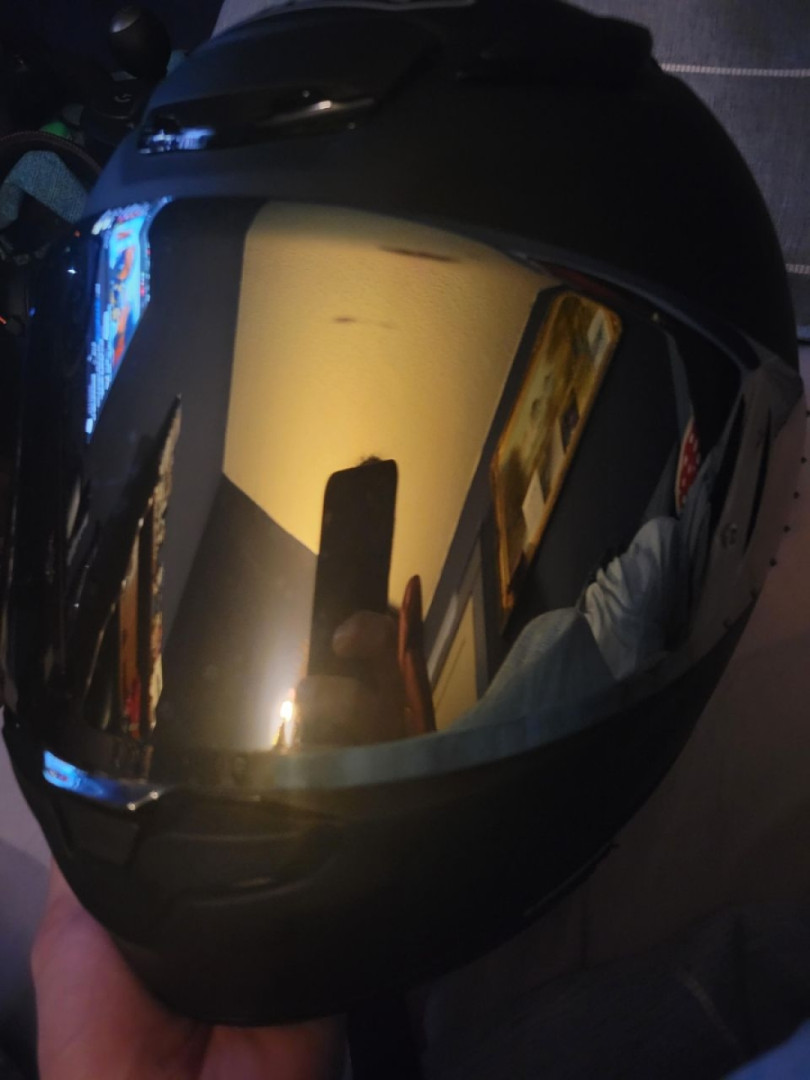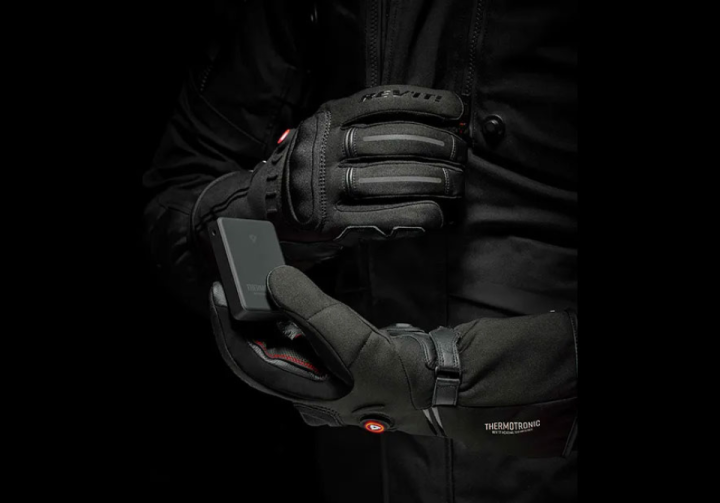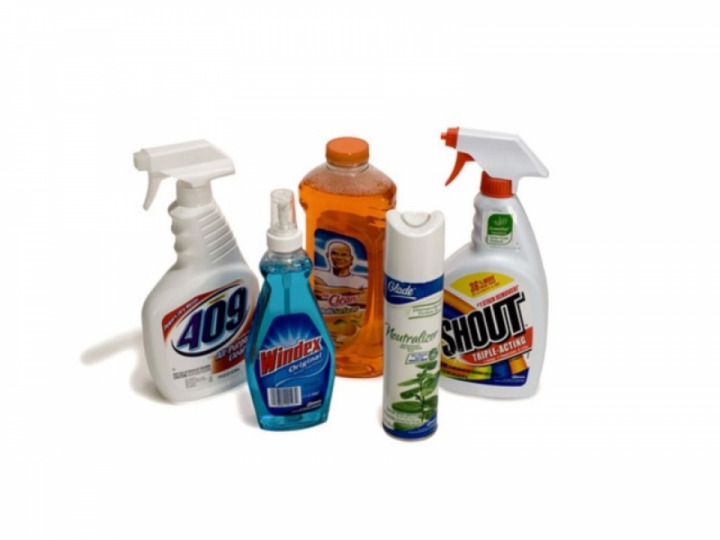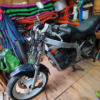Winter is coming... How to Store your Motorcycle
Winter is the worst of all seasons for a motorcycle rider. It's when you realize that your last few days of riding are fast approaching and it's time to start preparing your bike for winter storage. To make putting your bike away less painful, I have compiled an easy to follow guide for your convenience and hope it will useful for someone.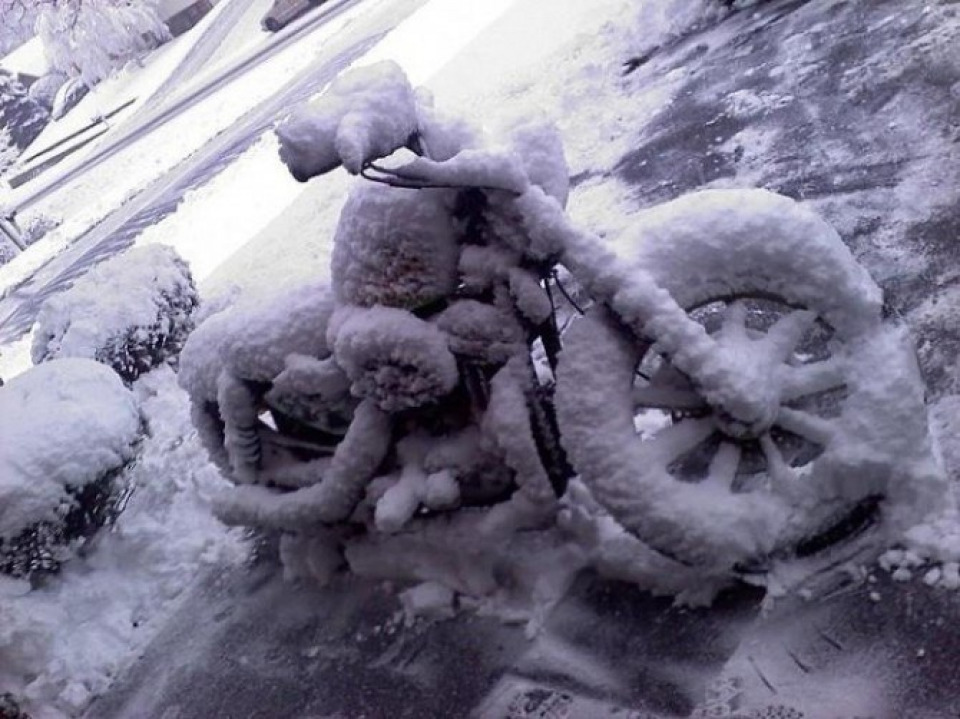
1. Location
The first thing you need to know is where you are going to store your motorcycle. Ideally, you are going to want a sheltered area that will be away from any rain or snow. The garage is a great spot to tuck away the bike for the winter, provided you have the room, and you will want to shield it with a specialty cover. You can pick one up for your cruiser or street/dirt bike from KapscoMoto for about $16. If there are any windows in the vicinity of your storage area, try your best to cover the glass with some type of opaque material (Ex. metal, wood, rubber) to block the sunlight from entering the room. The sunlight can up the temperature in the storage area which will create condensation when the sun sets.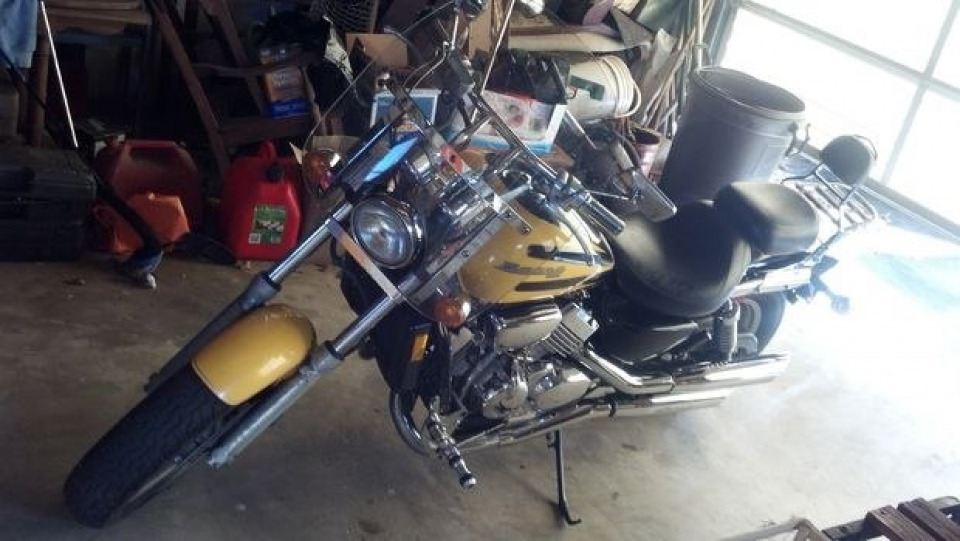
Once you have found your ideal location to store your motorcycle, take it out for a quick spin to get the engine nice and hot to burn off any condensation formed in the engine and to get the oil hot so its easier to drain in the next step.
2. Change Oil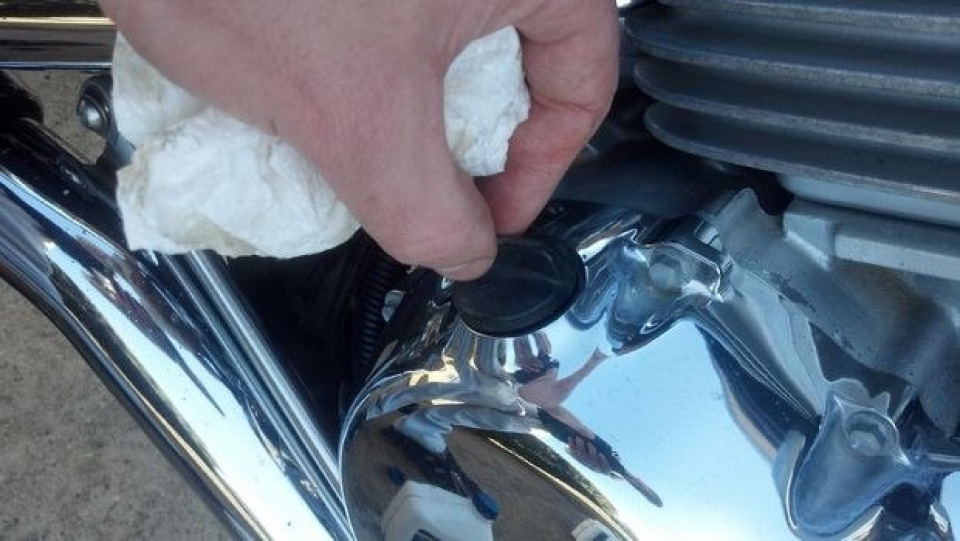
Changing the oil on your motorcycle before storing it for Winter is one of the most important steps of storage. If skipped, this can cause permanent damage to your bike because old oil contains combustion by-products and lots of other unpleasant stuff which can damage the inner metal surfaces. Remember to dispose of the drained oil appropriately. Most places you purchase the oil from will take it back for free to be recycled. You should go ahead and change the filter while you’re at it too.
3. Fill Up The Tank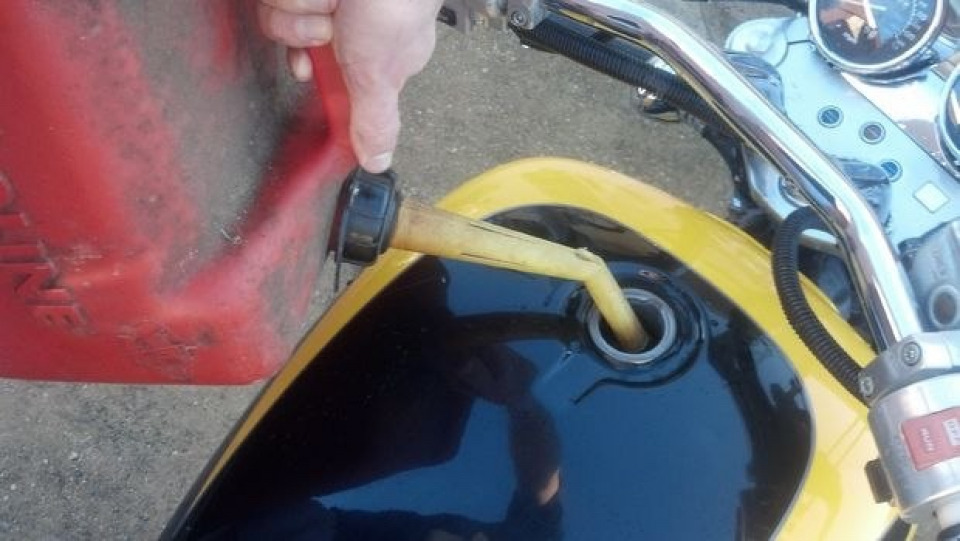
Make sure to fill up your tank with fresh fuel, but do not overfill it. When the fuel touches the bottom of the filler neck, you have hit the appropriate level. This is to make sure there is enough room for the fuel to expand without overflowing when the temperature climbs. You will want to shut off the fuel petcock next and drain the carburetors and fuel lines. Use winterizing fuel conditioner to prevent moisture build-up and to stop the fuel from going sour. Fuel goes stale when the volatile compounds evaporate which can leave a build-up of sludge that will gunk up your carburetors.
4. Wash and Clean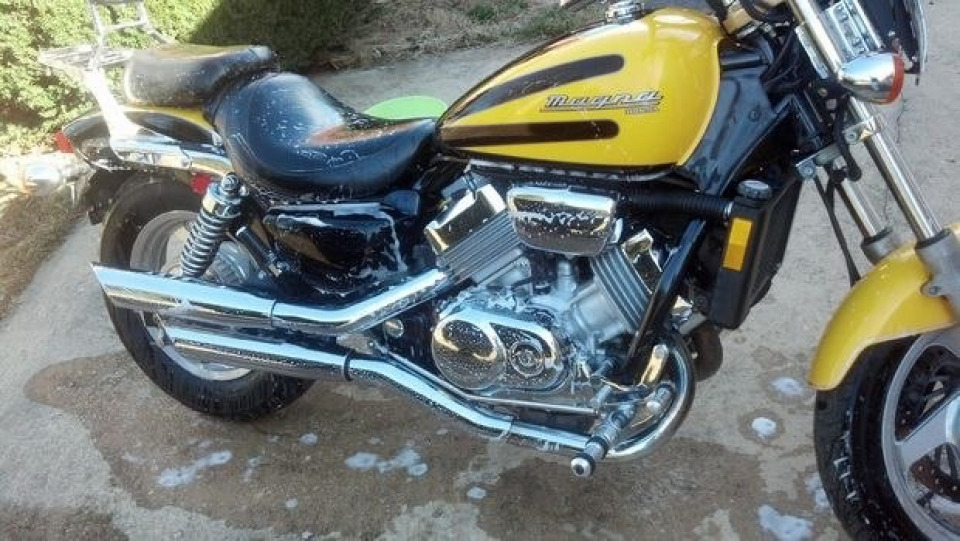
You’re probably thinking why should I wash and clean my motorcycle if I’m storing it for the Winter? Give your bike a quick wash with mild soap and water or a motorcycle specific cleaning chemical before preparing to wax and polish it. Do a great job of drying the bike.
Next you will want to apply wax as it is a crucial step when storing your motorcycle for the Winter. The wax acts as a barrier against rust and moisture. Also remember to give any metal surfaces, such as the frame or engine, a light spray of WD-40 to keep them shiny and protect them from corrosion.
5. Protect Your Muffler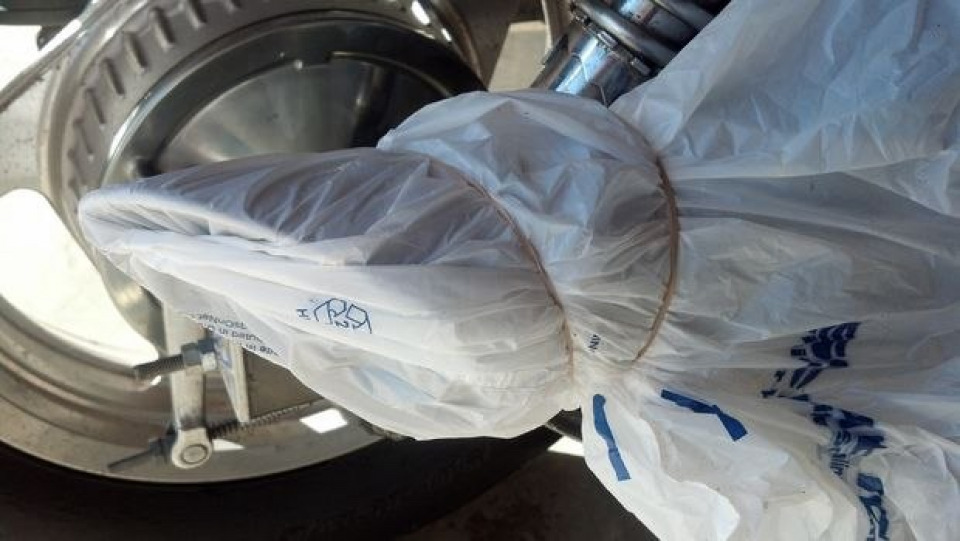
Continuing off from the last step, protecting exhausts and mufflers is an important factor of Winter storage, as they are known to rust quickly when not being used. You will need to spray some WD-40 into the muffler ends and drain holes before placing a plastic bag into the end of each muffler hole to keep moisture from making its way inside the exhaust. You will also want to cover each muffler with another plastic bag to keep moisture off the outside surface.
6. Remove Battery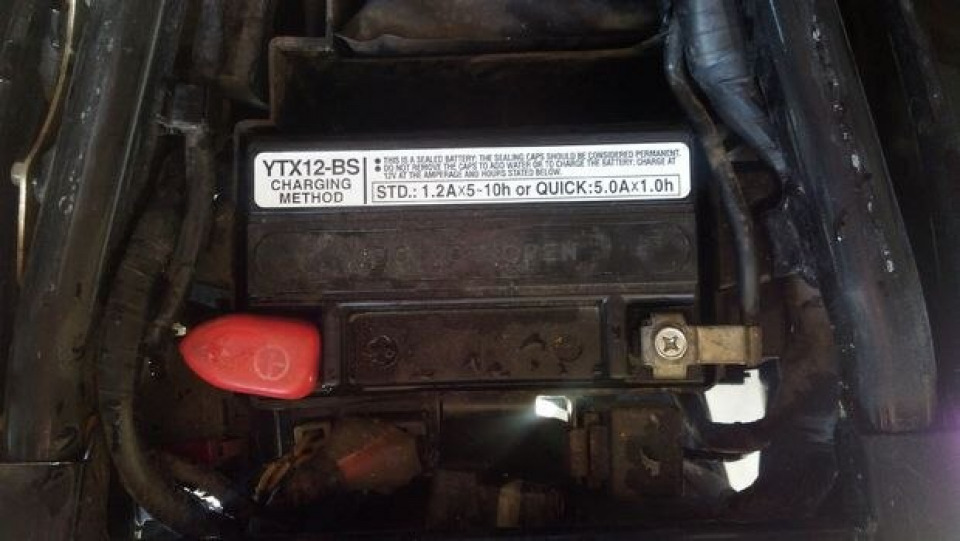
Your motorcycle doesn’t need its battery for the Winter, so to prevent it from freezing, take it out, take it inside and keep it charged. Batteries contain lots of water which slightly expands when frozen and can cause it to crack which is bad when it melts afterwards and pours all over your bike. If your bike won’t be exposed to freezing temperatures during the Winter, you don’t need to remove the battery but you will need to do a routine cleaning of your battery and battery box. Don’t neglect to keep it charged if your bike is stored in warmer temperature.
7. Elevate Tires
You should charge your battery every two weeks at minimum with a charger that has an output of 10% of the battery ampere hour rating. A higher charge can cause the battery to overheat. Make sure when charging your battery, you are in a ventilated area because the hydrogen emitted is rather explosive.
Make sure your front and rear tires are properly inflated to the maximum recommended pressure. Air condenses in cold conditions so it is important to make sure your tires are pumped up and vigorous. Rubber does not like to freeze so placing a piece of cardboard (about 1/2 an inch) under each tire is recommended to keep them elevated from a cold floor. You can also use a lift stand to keep your bike off the ground. You can pick up a front and rear combo from KapscoMoto for about $70.
8. Cover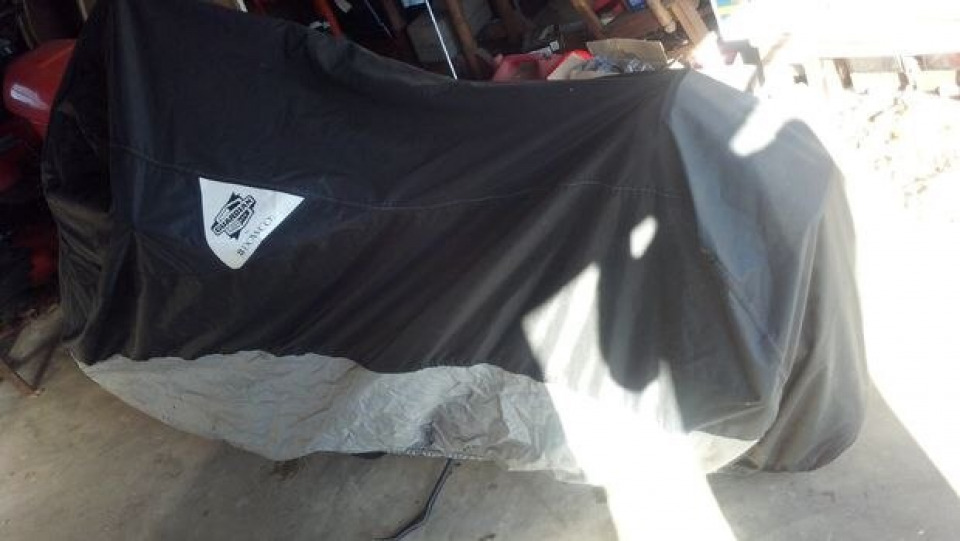
Now you are ready to cover your motorcycle with your specialty cover and countdown the days until the first warm day of Spring! Don't be bored!
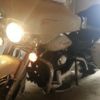
 Follow
3.7K
Follow
3.7K


